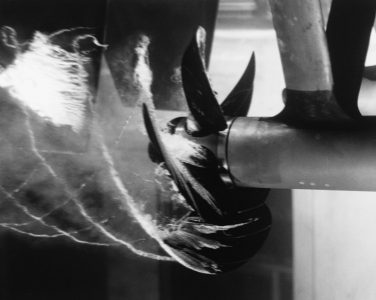Since our inception, Forward Engineers has offered comprehensive Energy Audits to our clients. While energy audits completed according to ASHRAE guidance are very valuable and informative, we have found that for many of our small business clients the cost for a full audit is simply outside of their budget. Additionally, many small businesses simply don’t need the same level of detail that a Level 1 audit includes. Therefore, we are happy to introduce our new auditing service specifically targeting small businesses.
In general, an energy audit is a survey of a commercial building that looks at the envelope (walls, roof, windows), the mechanical systems (heating, air-conditioning), lighting and building controls (thermostats, lighting controls) to find areas in which the building owner can reduce expenses by using less energy. Our small business audit costs as little $200 and includes a walk through of the facility with a licensed engineer to identify cost savings opportunities. We’ll take the time to look at each building system with you and discuss options that can save you money. After the walk through is complete, we’ll follow-up by sending an email detailing our findings. Additional services such as a review of past energy bills and computer modeling can be easily included, if desired.
Our goal is to provide an affordable service that a business can use to reduce their energy costs. We are happy to work with you to find a solution that fits your budget. If you own or manage a building and are interested in an audit, please contact us today.


